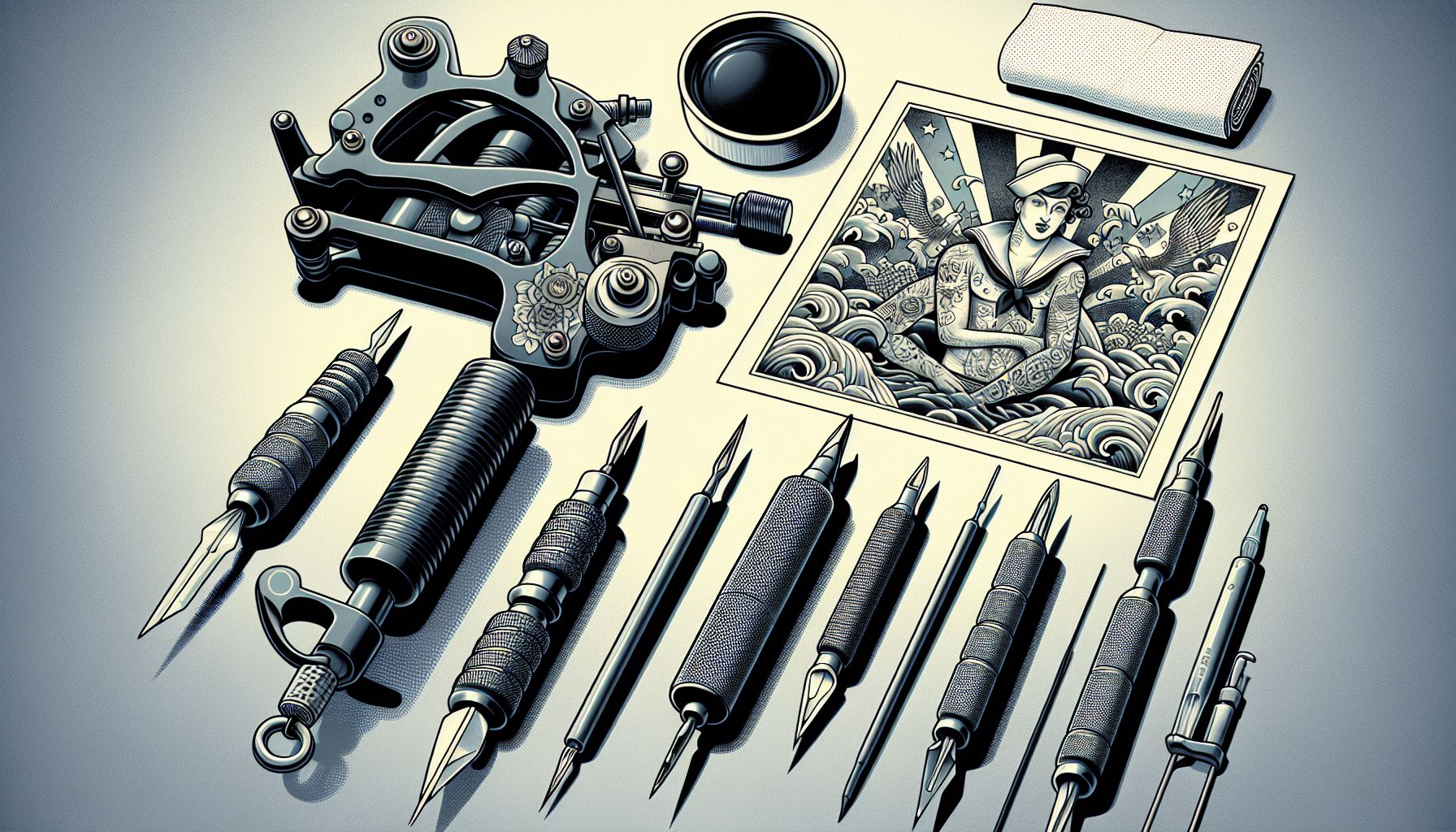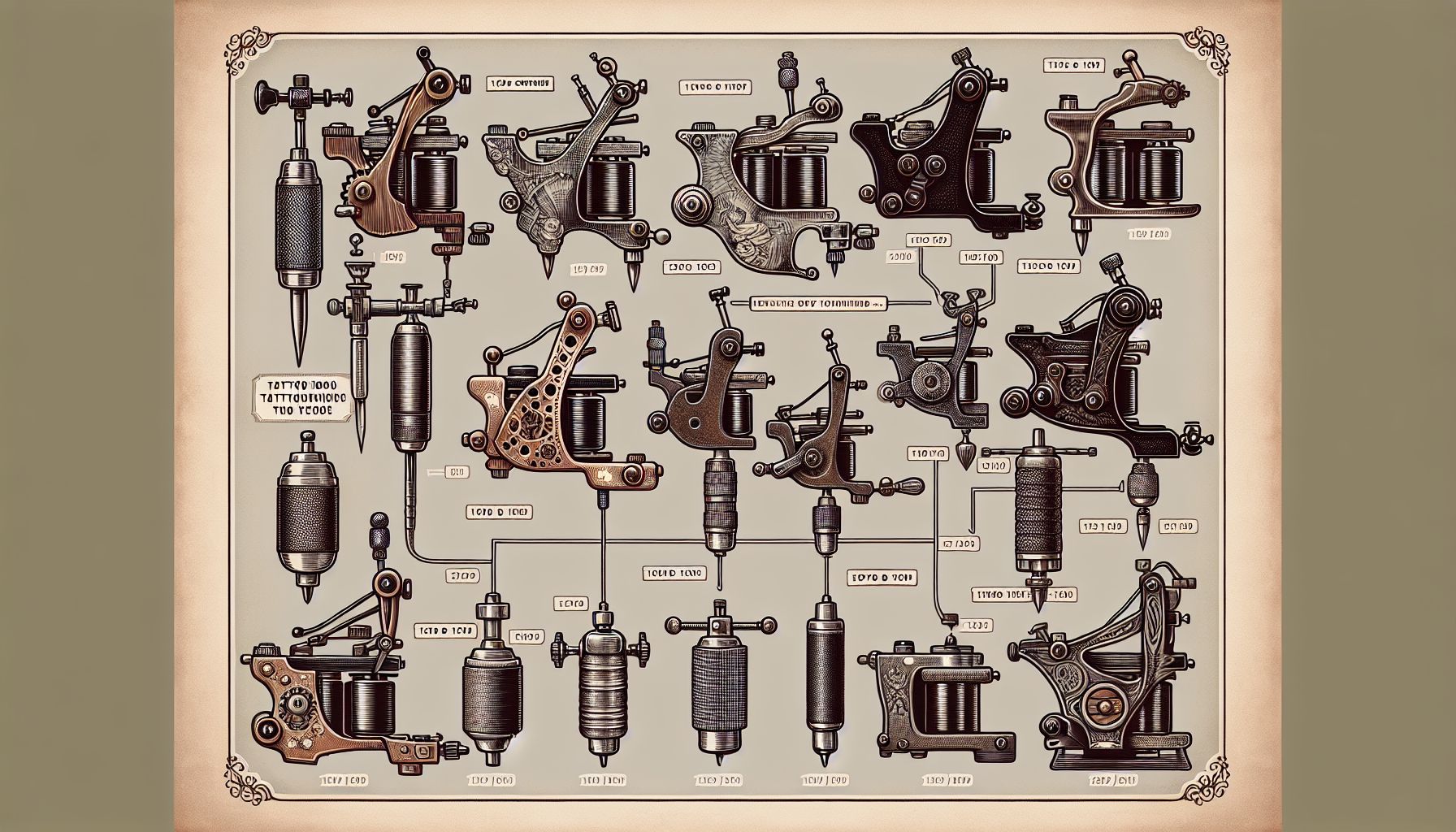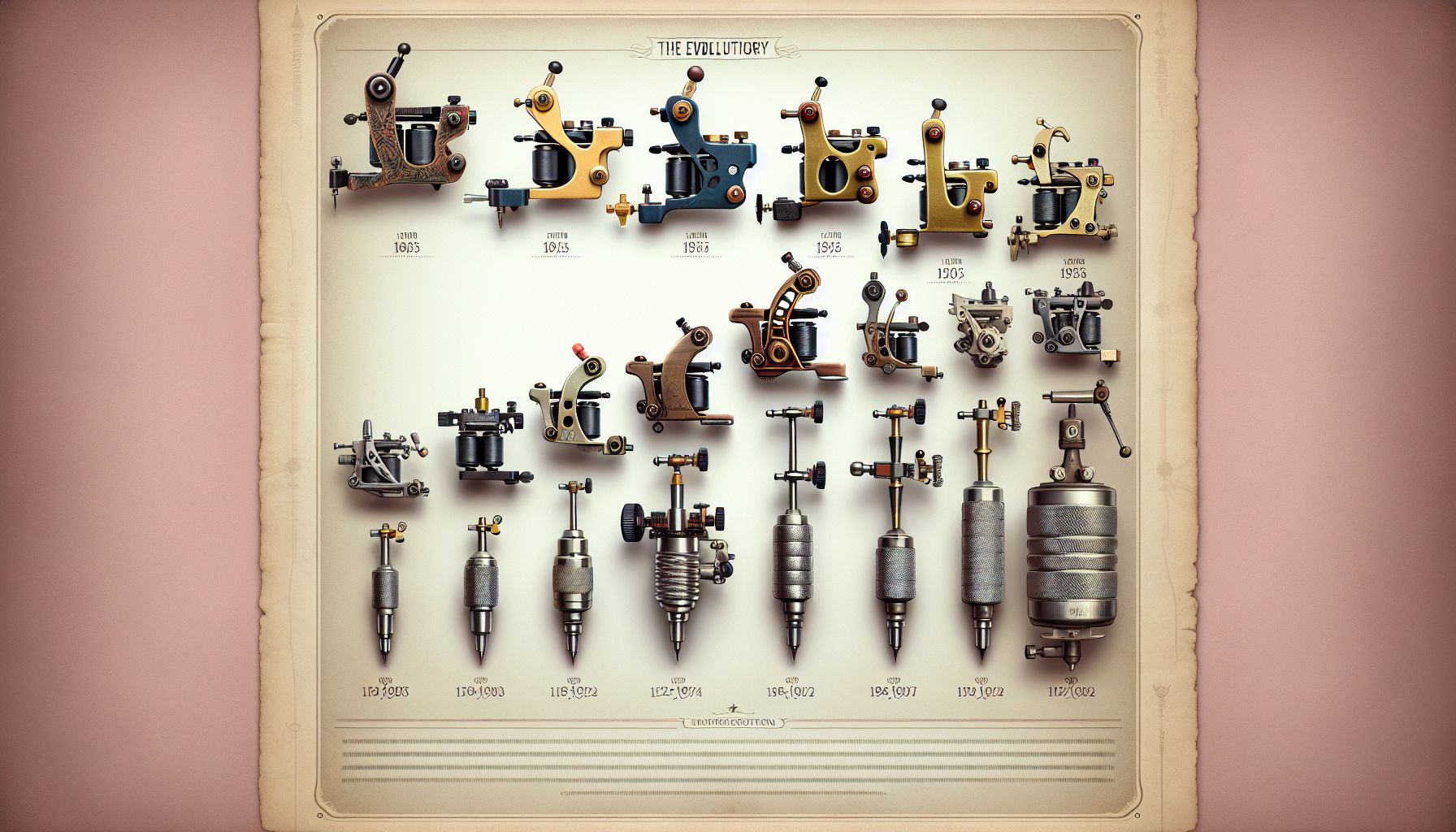When it comes to creating a masterpiece on skin, the ink gets most of the glory, but as any seasoned artist will tell you, the true unsung heroes of tattoo supplies are the needles. Tattoo needles are the bridge between the artist’s intent and the client’s canvas, and understanding their intricacies can elevate the quality of artistry to sublime new heights. I have spent years in the tattoo industry, and the evolution of needles has fascinated me every step of the way. Let me take you on a journey through the world of these pivotal tools, sharing my insights and helping you choose the best for your craft.
Tattoo needles come in various configurations, each designed to serve a unique purpose in the tattoo process. We’ve seen an incredible progression from the early days of handmade needles to the precise, pre-made, sterilized ones available today. Modern tattoo needles are manufactured from stainless steel and disposed of after a single use to prevent cross-contamination, a testament to the industry’s commitment to safety.
Understanding Tattoo Needle Configurations
One of the most significant evolutions in the world of tattoo supplies has been in the variety and specialization of needle configurations. Let’s break down a few types:
-
Liners: As the name suggests, liner needles are prime for outlining. They come tightly packed to create a crisp, defined line. Experienced hands know the difference between using a 3RL (round liner with three needles) for fine detail and a 7RL for bolder contours.
-
Shaders: These are used for shading and come in formations that are more spread out than liners. Flat shaders are great for geometrically precise shading, while magnum shaders cover larger areas with a more diffused effect.
-
Round shaders: They exist somewhere between liners and flat shaders and serve dual purposes for both lining and shading, especially on smaller tattoos or when working with delicate gradients.
Choosing the right needle is as much an art form as tattooing itself. A mastery over different needles can allow an artist to achieve remarkable depth, texture, and gradation in their work.
Personal Anecdotes with Needles
Having been in the business long before the widespread use of cartridge needles, I’ve seen my fair share of poking and prodding to find that perfect needle set-up. One thing I’ve learned is that using high-quality needles makes a considerable difference in both the process and the outcome of the tattoo. Several years ago, during a particularly taxing portrait session, I switched from a standard needle to a higher quality one—and it was like shifting from a clunky old car to a high-performance vehicle. The ink flowed smoother, the skin took less trauma, and the healed result was visibly superior.
The Shift to Cartridge Needles
The modern tattoo needles that changed the game for many artists, myself included, are cartridge needles. They are designed for ease of use and increased safety. The cartridge system allows the artist to switch out needles quickly, maintaining a flow in their work without compromising sanitation. Moreover, some advanced cartridges feature a membrane system that prevents ink and blood from entering the tube and the machine, a major leap forward in hygiene.
The Importance of Sterilization
The importance of sterilization in tattoo supplies cannot be overstressed. Back when I started, sterilization was a cumbersome process involving autoclaves and rigorous sanitation protocols for re-using needles. The advent of pre-sterilized, single-use needles relieved artists from the fear of transmitting infections, allowing them to focus solely on their art. The assurance that comes with opening a new, sterile pack of needles for every client is invaluable.
In selecting tattoo needles, it isn’t just about the type; it’s also vital to consider the quality of construction. Needles must be soldered accurately to the bar to ensure precision during the tattoo process. They should also be free of burrs and crimps, which can damage the skin and lead to uneven lines or shading.
Tips for Choosing the Right Needles
Here are a few tips to help you choose the right needles for your tattooing style:
- If you’re a beginner, start with a basic liner and shader setup. As you progress, you can explore more specialized configurations.
- Pay attention to the taper and length of the needle point. Longer taper needles tend to be sharper and allow for more detailed work, while a short taper is better for filling and packing color.
- Always buy needles from reputable suppliers. Quality matters, and your clients’ safety is paramount.
- Experiment with different brands and types of needles to find the ones that suit your hand best. Everyone’s technique and comfort levels are different.
Understanding and selecting the right tattoo needles is a foundational element of successful tattooing. From whittling down your own needles in the early days to the convenience and precision of modern cartridge systems, the industry has come a long way.
Whether you’re stocking up your shop with tattoo supplies or refining your personal toolkit, remember that needles are as much a part of your artistic voice as your design or style. Take the time to comprehend their nuances, and you’ll see how they can transform your work from good to outstanding. Investing in the right tattoo needles is investing in your art, and there is no greater satisfaction than seeing your vision come to life on the canvas of skin, knowing that you have chosen the best tools for the job.



